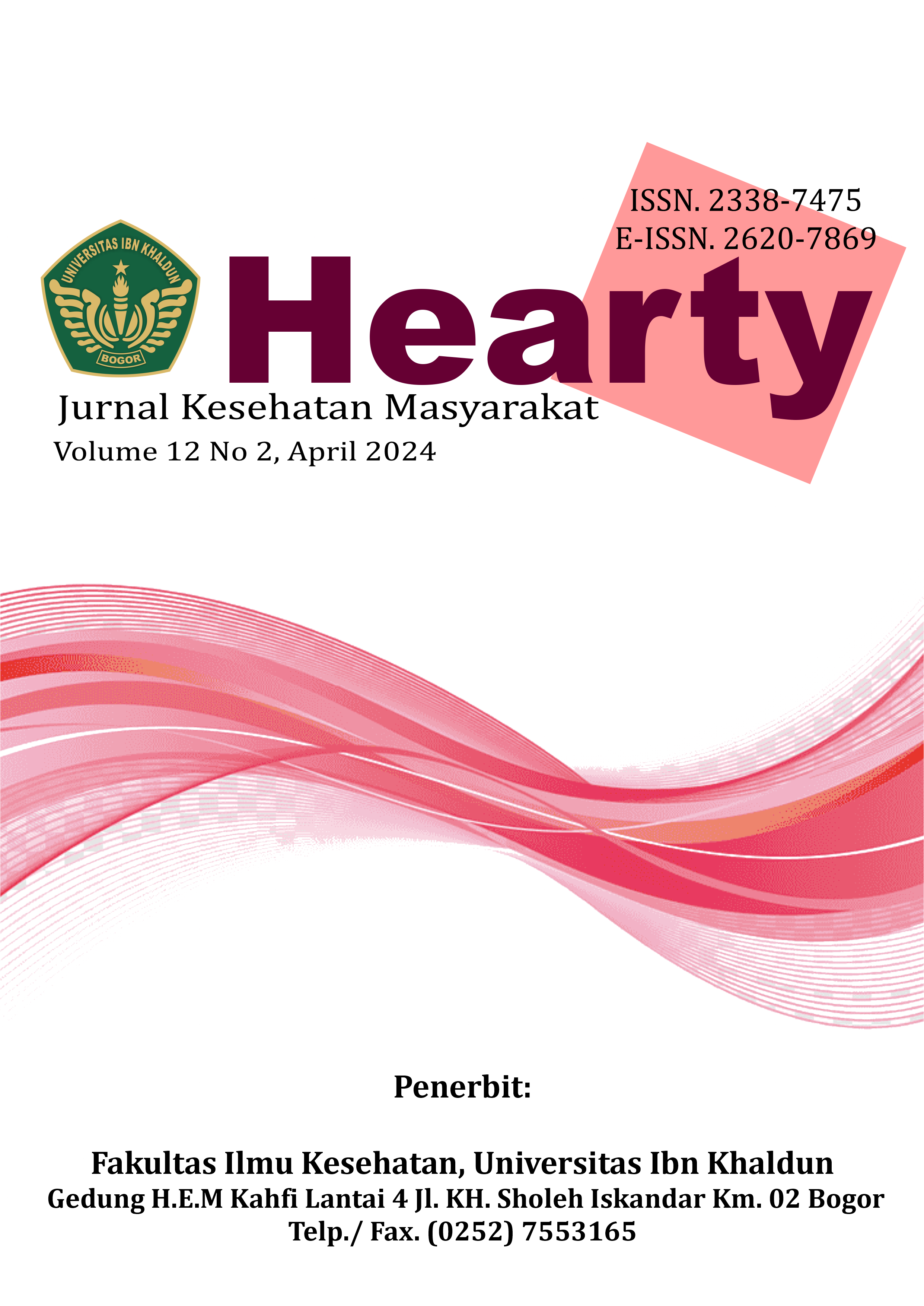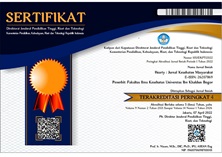ANALYSIS OF MENTAL WORKLOAD FINAL YEAR STUDENTS DUE TO ONLINE LEARNING WITH NASA-TLX METHOD
DOI:
https://doi.org/10.32832/hearty.v12i2.5458Abstrak
The covid-19 virus pandemic that is increasingly rampant today has an impact on teaching and learning activities in college lectures. Learning activities that are usually carried out directly in the classroom must adjust the situation and switch to online or online. In this research we will discuss the problem of mental workload felt by final year students when participating in online learning with the NASA-TLX method. The problem in this study is how, how much, and what causes the mental burden experienced by final year students due to online learning. The purpose of this study is to measure and analyze the mental workload factors experienced by final year students in online learning. The results of this study show that the majority of final year students have a high workload. It can be interpreted that final year students feel insecure, hopeless, offended, distracted during the work done in online learning. Therefore in this study we can suggest that it is necessary to reassess this online learning system, for example by not giving too many assignments during online learning, reducing online learning time, or by making interesting learning so that final year students feel safe, satisfied, and comfortable in carrying out online learning.
























